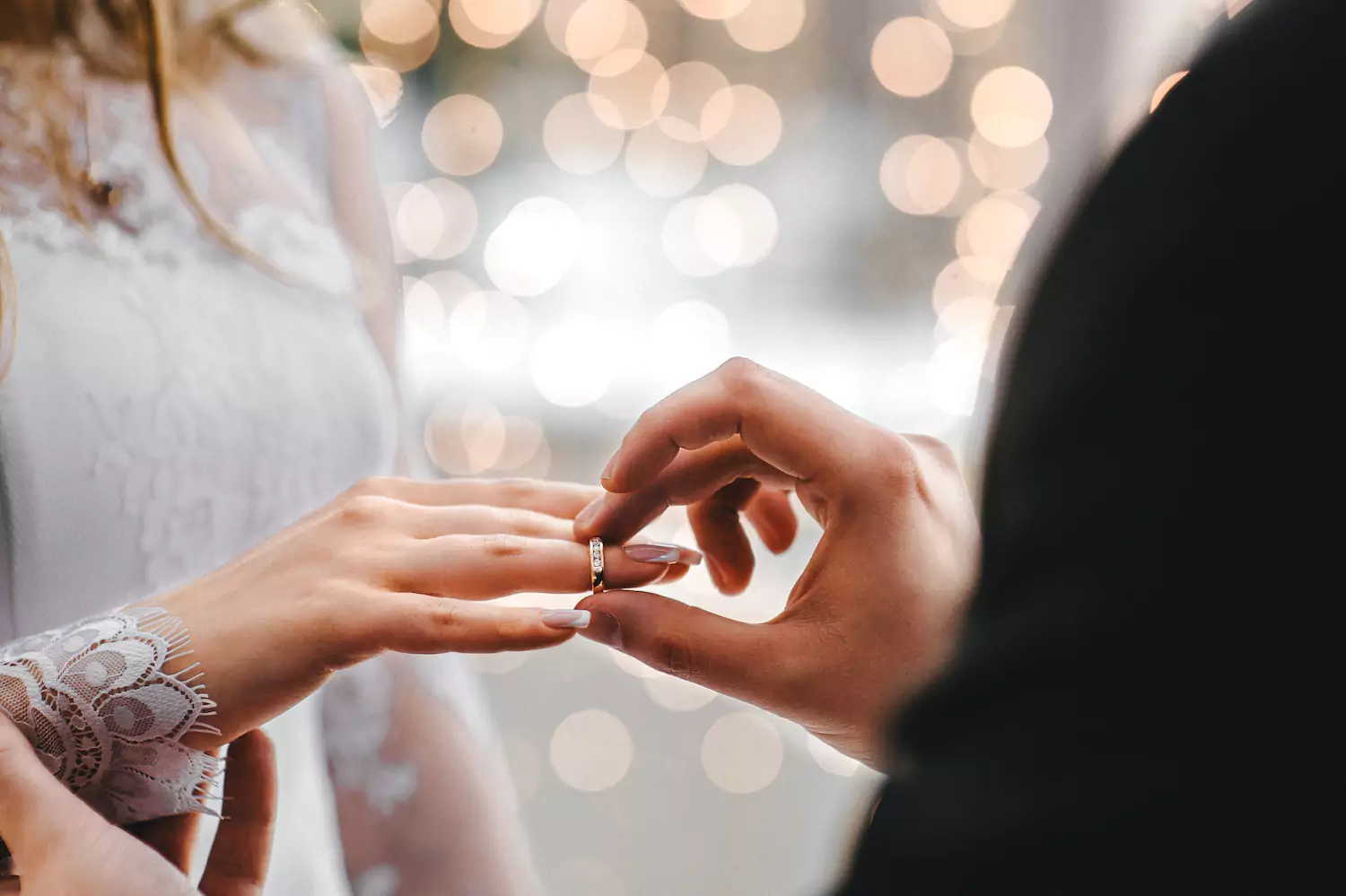The Future of Wedding Photography: AI Tools Shooting Bridal Photoshoots in 2025



For years, wedding photography has taken the lead over technologies. From film to digital, photographers have mostly adopted every new tool that could capture tender and beautiful moments of this special day of any couple.
However, come 2025, and wedding photographers will see a sea change in how they ply their trade once AI tools start finding greater traction. These innovations will redefine everything from photo capture to editing and provide hitherto unavailable options to the photographer and couples seeking unforgettable wedding memories.
While AI’s presence in wedding photography has already caused ripples, it will be even more prominent in 2025. Many industries feel the changing dynamics brought about by AI-driven tools, and photography isn’t an exception. These tools use machine learning and deep learning algorithms to improve and simplify processes usually done by photographers and editors. In the wedding industry, where every single detail counts, everything from image quality to personalization can be enhanced with the help of AI.

The most obvious, and first, way AI will impact wedding photography is with the development of cameras and lenses powered by AI. Already in development, these cameras utilize machine learning to automatically enhance image quality. They can make changes to settings like focus, exposure, and depth of field with unprecedented accuracy.
This could also mean that in 2025, cameras with artificial intelligence enhancements can instantly recognize ideal settings available to any particular scene and provide it to a photographer on a perfect shot—a setting the photographer needs to fine-tune minimally. A typical example includes a session to take photos of a bride-to-be. It focuses automatically with an AI-enhanced camera with softening from the back without necessarily thinking about making even a single change in poor lighting conditions. In this, a professional saves considerable time as he otherwise is required to spend studying camera options for the better.
More importantly, the AI cameras of the future will be able to detect emotions and reactions from people around, shooting candid moments no ordinary camera would know when to snap. This feature will prove extra useful during weddings since these spur-of-the-moment instances of joy and love are often what is treasured.
Composition is actually among the most deciding features between ordinary and great photographers. In 2025 and afterward, AI can help balance perfectly the elements within a wedding photo.
The AI will consider the scene and implement principles of composition: Rule of Thirds, Golden Ratio, leading lines, among many other concepts, when assisting with a shot composition. Such AI is capable of in-context hints, based on what position within a frame should work the best regarding an ideal situation on any particular issue one has—be it with subjects on-screen being obstructive background lighting or the ‘tone’ portrayed during any such captures of this life moment you could even term this capture.
For instance, in a bridal shoot, where the photographer has to click the bride standing in front of a beautiful background, AI might suggest slight changes in her position to avoid any distraction at the back. It could also suggest turning her body at a specific angle to create a more dynamic and flattering composition.
This AI-assisted composition guidance will go a long way in helping photographers build better technical skills for the task, while couples will get much superior and professional-feeling images from less seasoned photographers.

Post-processing is one of the most time-consuming but important features in wedding photography; AI will cut all this down by a lot in 2025 in terms of time and effort, while it bumps up the quality of the final product.
The whole post-processing work of photography today, in fact, involves manual adjustments: exposure, contrast, saturation, white balance. However, much of this in the future will be done automatically with the help of an AI tool. Photographers may apply edits across entire wedding albums by selecting one or two pictures. AI algorithms enhance the colors in images, lighten up the photo by illuminating dark portions, and clear the image from certain distractions while preserving the natural feel of the photo.
Also, AI will be able to distinguish different elements in a photo: faces, hair, clothes, and backgrounds. In this respect, AI will be able to perform edits targeted at each particular element: skin tone smoothing, saturation of the bride’s dress, or soft focus in the background.
For example, if the bride has lace details on her wedding dress, AI will accentuate such details so they look stunning in the final image. Similarly, AI can adjust the light when the situation may be tricky—for example, shooting a couple outside during the golden hour—and produce pictures both stunningly beautiful and realistic.
Arguably, the coolest development to have come along with AI-powered editing has to be the ability to remove unwanted objects in a photo. Whether it is that one stranger in the back crossing or maybe just litter on the ground, with AI those will become seamlessly erased distractions for cleaner and more polished images.
Personalization is one of the main trends in modern wedding photography. A couple would want their wedding photos to speak volumes about themselves, their style, and their love story. AI tools will take it to the next level by analyzing data from what the couple prefers and is interested in and using that information to curate the photoshoot experience.
With it, AI can delve into the engagement photos, conversations about photography with them, and the social media of this couple for any idea that might lead them to what kind of things each likes or would appeal to aesthetically. After that, the proposed places and/or poses could align with the couples’ style suggestions, even outfit details for them. All this would indeed make the whole shooting quite more interactive, and the captured snaps highly reflect their wedding day aspirations.
Furthermore, AI might be applied to create a fully personalized photo album or even a personalized gift. For example, AI can analyze the most meaningful moments from the wedding and make a personalized album that tells the unique love story of a couple. AI may also be used to design wedding photography products, such as canvas prints, thank-you cards, or framed photos, to make each piece feel personal and special.
But probably the most interesting possibilities of AI in wedding photography are those that create completely new images based on the input of a couple. By 2025, AI tools will be able to create hyper-realistic wedding photos from scratch with only a few initial inputs.
For instance, a couple might describe to the AI their perfect wedding photo: where, how the light should be, and what kind of atmosphere they want to capture. Then, the AI would come up with an image based on that description, putting together features from various reference photos and creative suggestions from the couple. This can let couples conceptualize their wedding day in a completely new way, even playing with settings, poses, and concepts before the actual event.
While AI-generated wedding photos will not replace the traditional process of capturing real-life moments, they will offer an additional layer of creative possibilities to couples, especially those in need of something unique or conceptual.
However, the increased use of AI in wedding photography raises several ethical issues that have to be put into consideration, not only by the photographers but also by their clients. First is that AI might soon take over from human photographers completely, and it would lack this personal touch and artistic intuition that many couples are looking for. It would be tough, if not impossible, to expect AI completely to outpace the human influence involved in wedding photography. The ability to connect through storytelling and all other personal aspects, added to human value by the photographer, adds weight to that event; AI would most likely miss the interaction so precious in each image. Wherever possible, photographers should help AI understand just what an expert may expect from each scenario. This in return will certainly lower the instances when AI replaces people at weddings for pictures.
Yet another issue is the one of privacy. With enhanced capability for analysis and processing of personal data by tools using AI, strict regulations with regard to its usage and storage would be called for. A couple might want to ensure that their personal information remains private and their images are used only for the intended purpose. Eventually, wedding photography might turn in a completely different direction as AI keeps developing. Some couples will likely appreciate such novelty skills provided by AI, but others will want to stick to more traditional ways. Either way, photographers will have to find that sweet spot that allows them to use AI’s capabilities without losing the artistic authenticity their clients desire.
By 2025, there’s no doubt that AI will mark the turning point in the future of wedding photography. Be it an AI camera, a composition helper, personalized edits, or AI-generated images, this will change how photographers capture and create memories for couples. Sure, ethical concerns and challenges faced by the industry do exist, but the future surely looks bright for wedding photography. Expect even more breathtaking, customized, and creative bridal shoots in which the combination of human creativity and AI comes together. And as AI evolves, so do the possibilities that wedding photographers and their clients can avail themselves of to make this part of the wedding photography experience even more magical and memorable than it already is.

